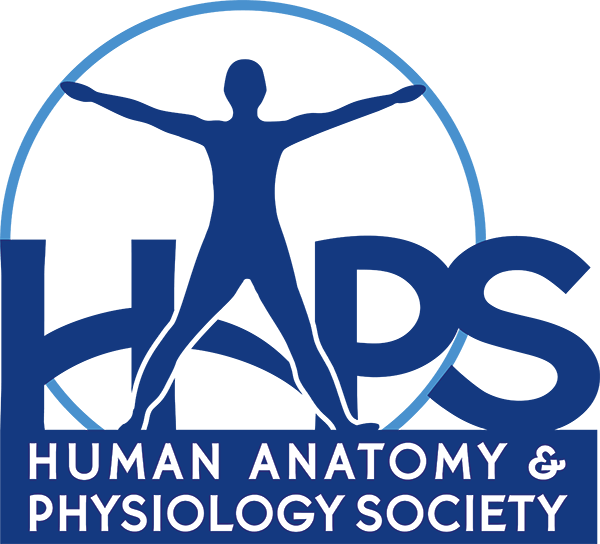Of all of the medical specialties I knew I’d be seeing, I’ve had the most history with cancer. The first operation I ever learned of was my mother’s mastectomy. She much later was treated for bone cancer. My father and I have had skin cancers removed. So the idea of seeing a patient under the knife was both interesting and hard to dissociate from.
The first major cancer operation I observed was one of the longest. A soft tissue cancer near the chin had invaded the mandible. A team of surgeons from both Oncology and ENT worked in shifts. First they cancer was removed, then the jaw was rebuilt and the neck closed. The most frightening part was that while the surface tissue looked different, to my untrained eyes, I could not fathom how they knew when to stop cutting. Leaving stray cancer cells behind after a surgery of this length would be horrifying. They of course can follow up with chemotherapy or radiation, but the tissues heal more slowly in those cases.
A much more common and shorter surgery is the one my mother had so long ago. A total mastectomy. Not as a pre-emptive strike before cancer, but to remove one that has been found. Working with plastic surgeons the breast can be reconstructed, but not until after the initial wound heals and if necessary extra skin is stretched by an implant. During the mastectomies I witnessed, it was hard not to think of my mom or my own potential risk. I’m glad to know that there are both medical doctors and specialized surgeons training to fight this insidious disease.

